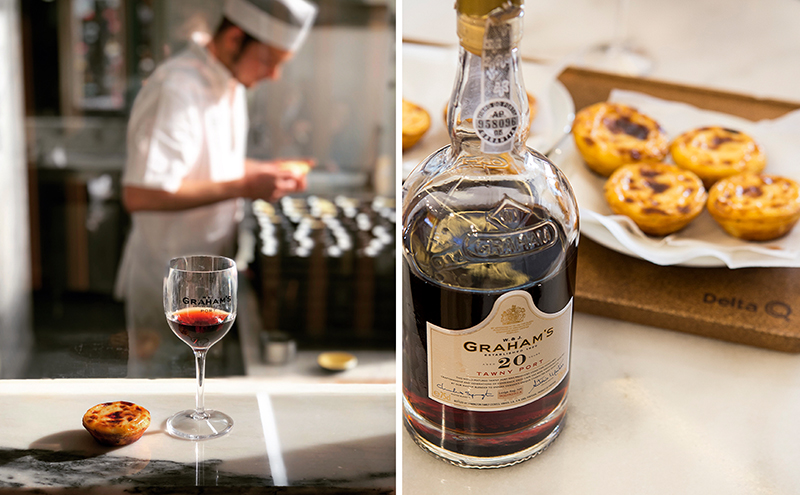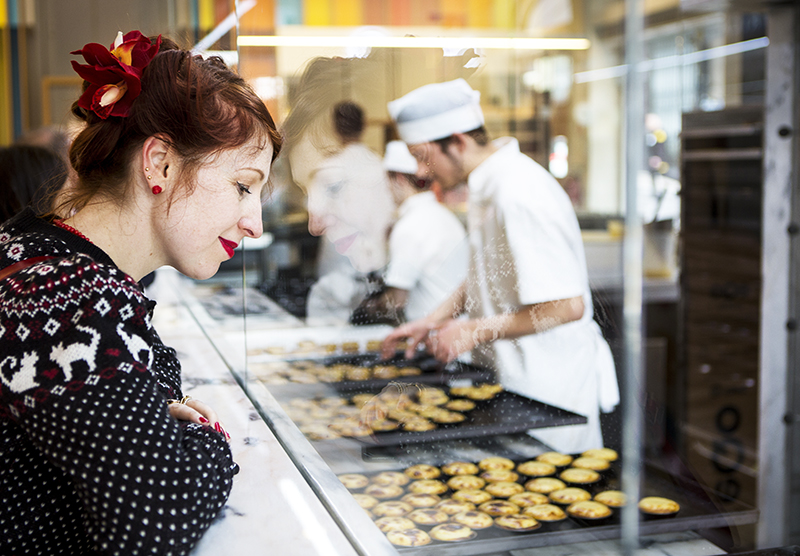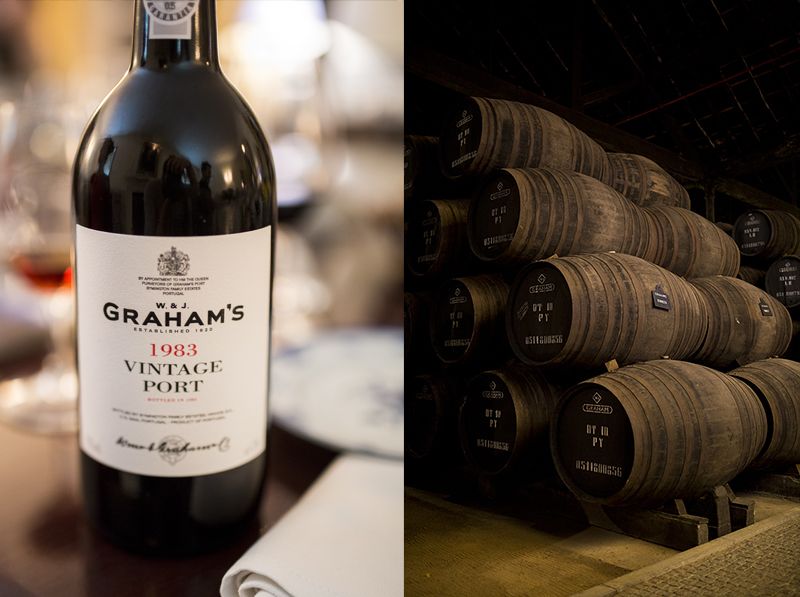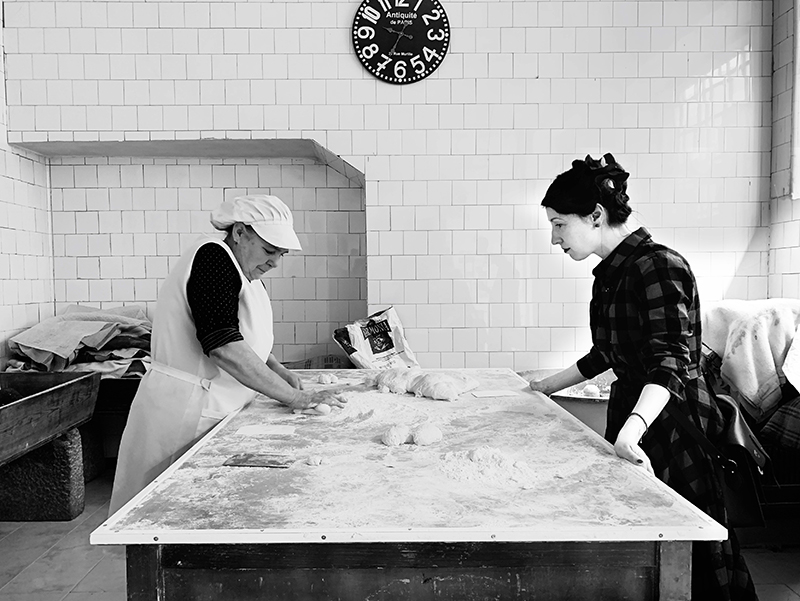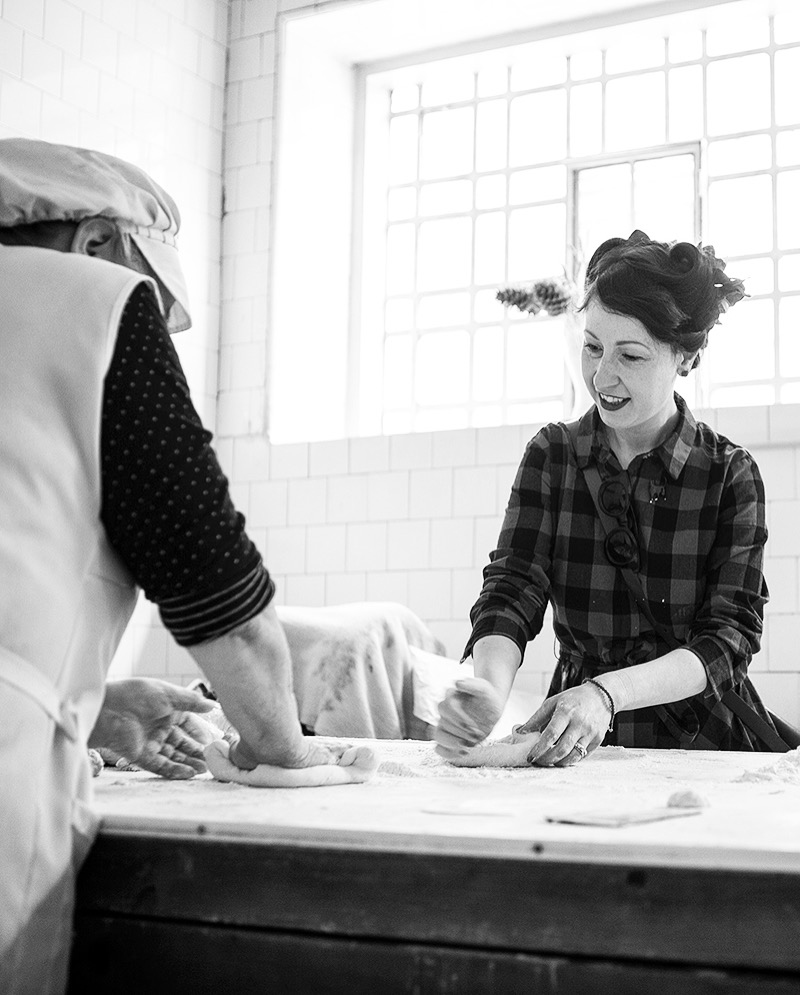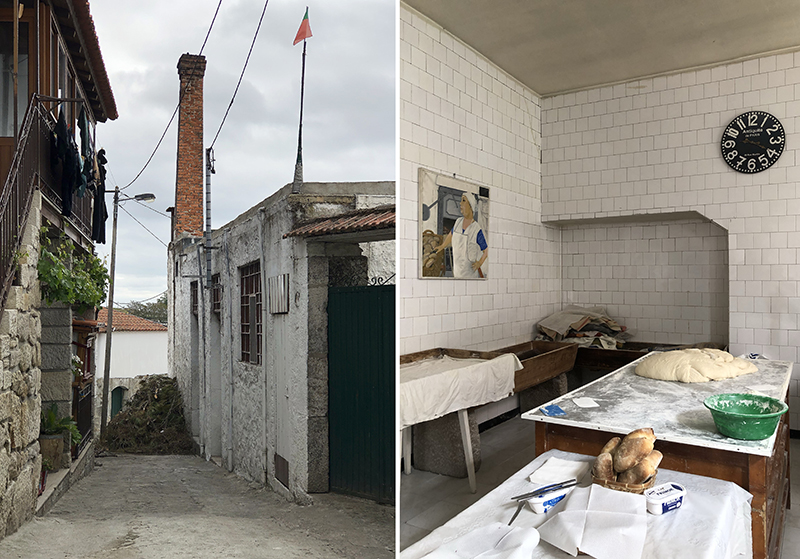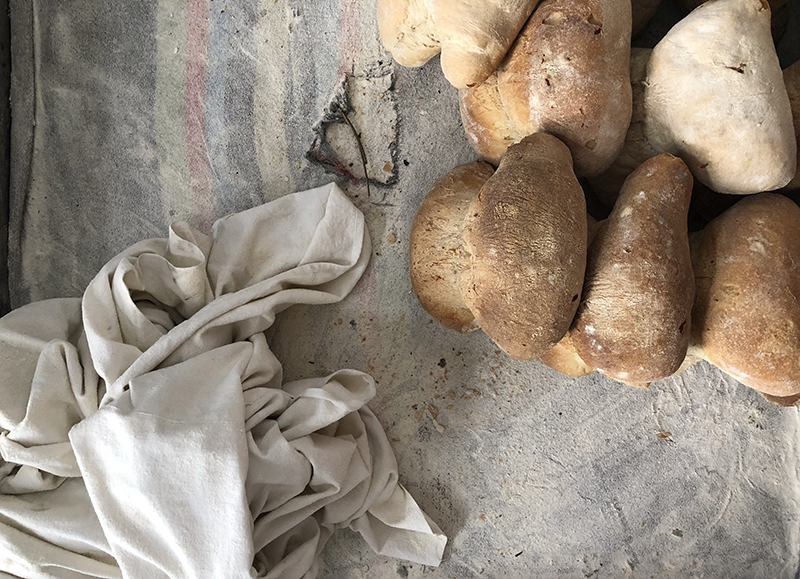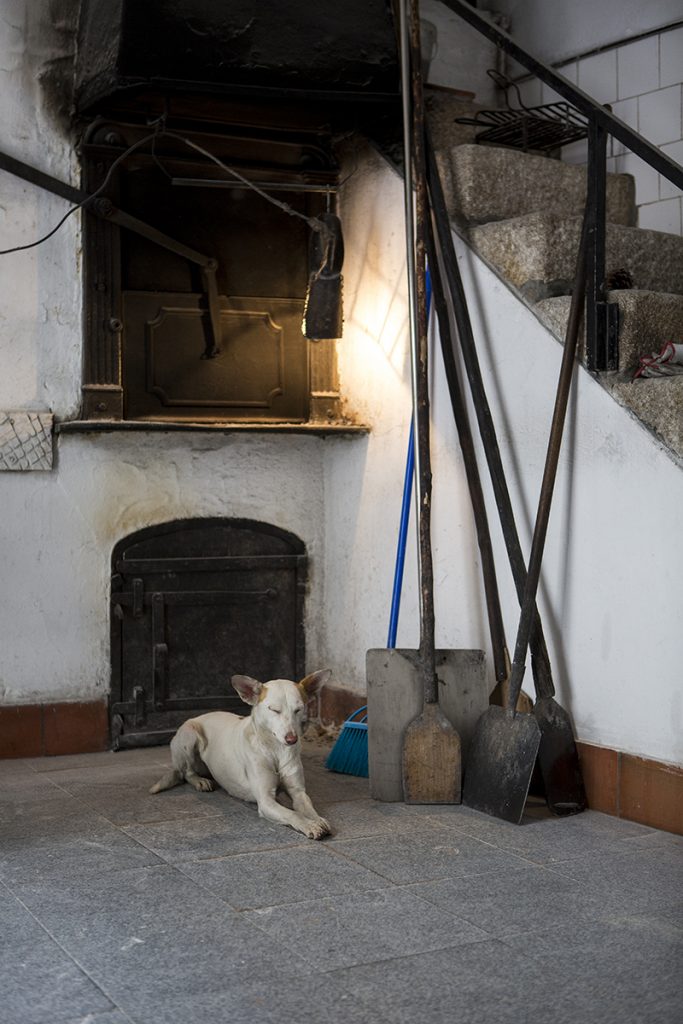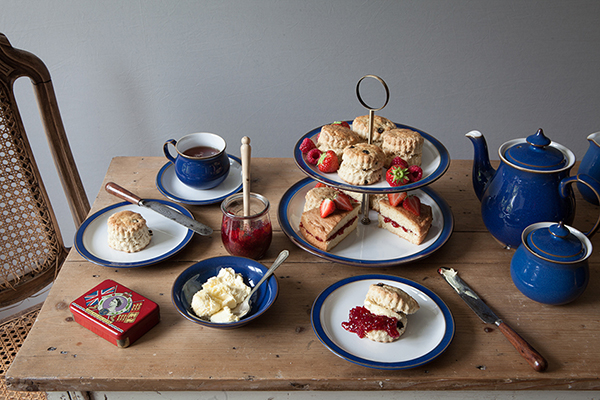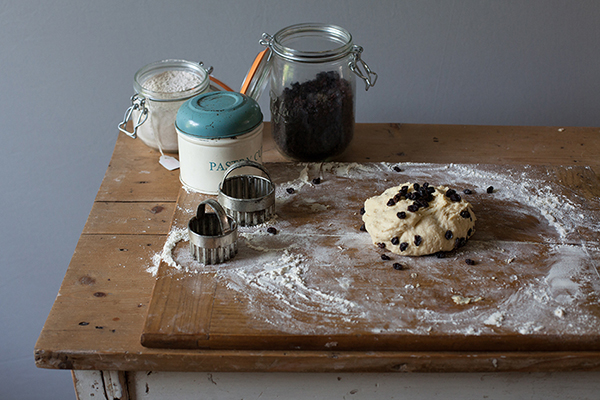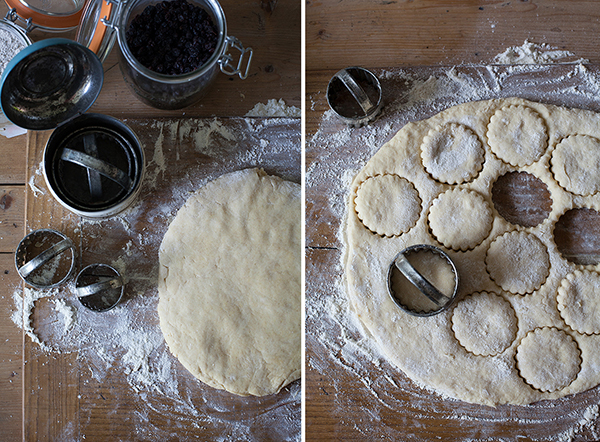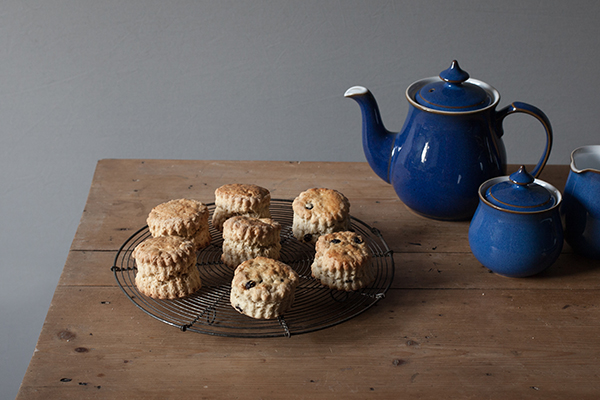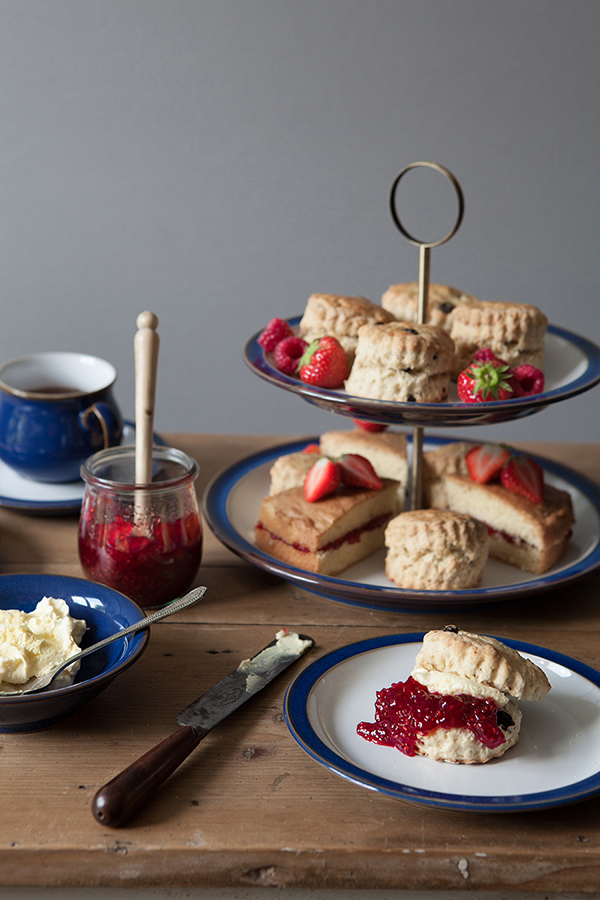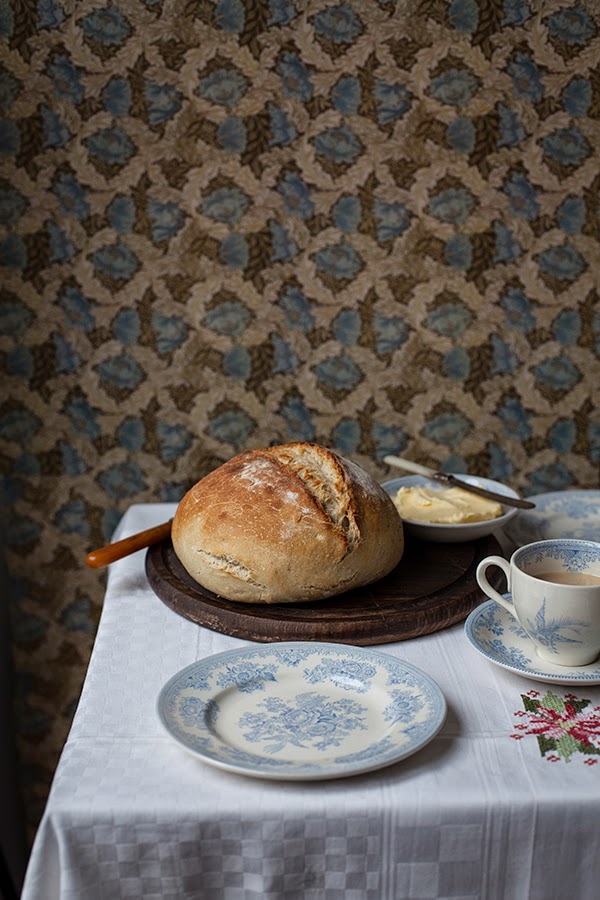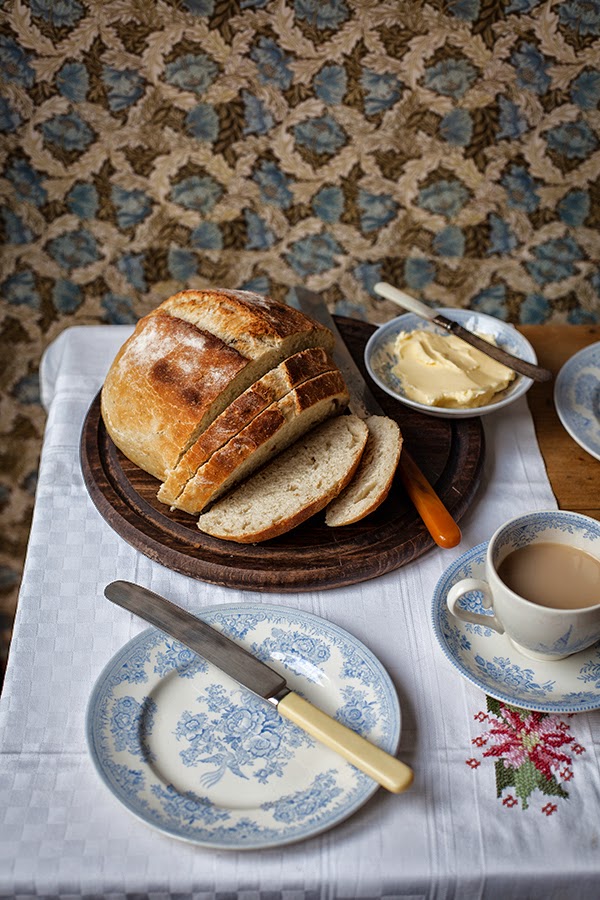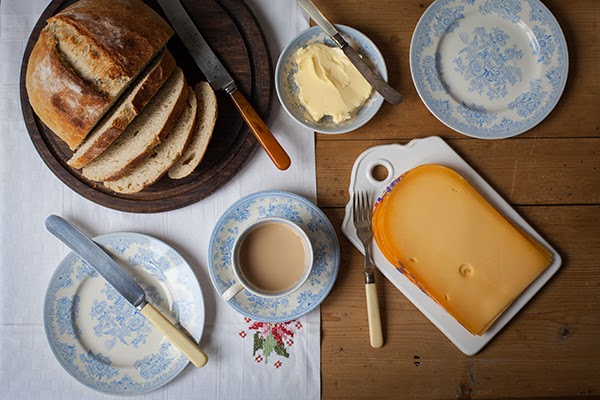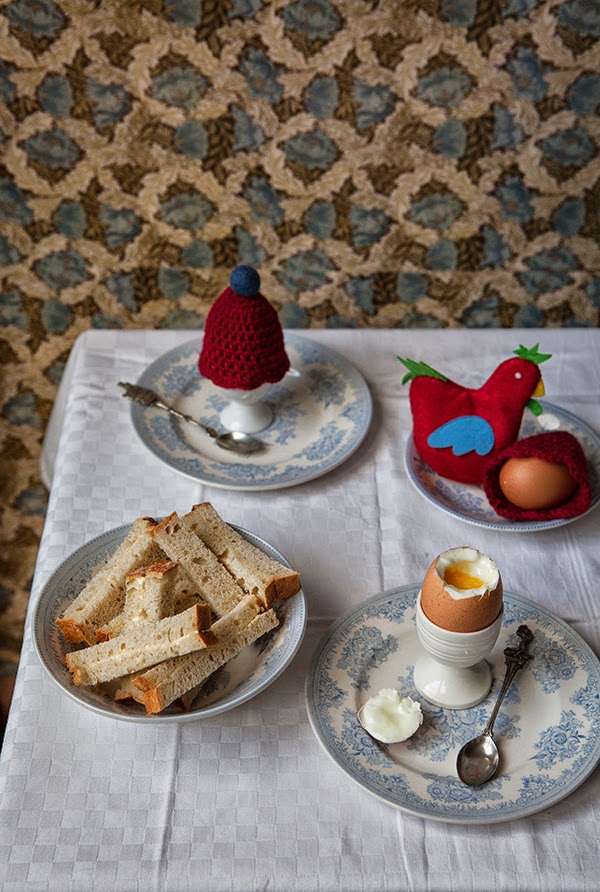The post A remedy for a dry throat: Papo Secos and Port appeared first on Miss Foodwise.
]]> Not long ago I travelled to the incredible Douro Valley in Portugal where I was a guest of the Symington family, a family business who owns several port and wine vineyards or ‘quinta’ in the region. Our focus this time was on Graham’s port, for whom I also hosted an event in my house this month.
Not long ago I travelled to the incredible Douro Valley in Portugal where I was a guest of the Symington family, a family business who owns several port and wine vineyards or ‘quinta’ in the region. Our focus this time was on Graham’s port, for whom I also hosted an event in my house this month.
We arrived in Porto at the location where all the barrels and bottels are resting. An impressive cellar with barrels and tall ‘foedre’ as far as the eye can see, on the side wall there are barred cells with vintage ports that date back to the early decades of the last century. In the air there is the smell of ageing wood, must and a deep dark scent of port wine.
After lunch and on our way to the Douro valley, we make a stop to experience the delights of the traditional ‘pastel de nata’ or custard tart paired with a 10 year old port. My travel companion, prolific pastry chef and chocolatier Joost Arijs and I are glued to the glass window that separates us from the pastel bakery. There is no way to keep someone with his profile and a Bake Off judge and author of several books on baking away from where the action is. We walk the steep streets of Porto slightly tipsy, the delayed flight and boozy lunch with port pairing certainly got to our heads, but since all of us have had busy lives at home, it is a welcome opportunity to unwind.
There is just a sigh of light left in the Douro Valley when we arrive at the calm riverside village. Dinner is traditional dried salted cod and the Symington family’s wines to go with it. On the table I spot the bread basket, something that makes me weak in the knees when done well. There are a couple of huge breads in there, looking like a baby’s bum. I stare at them but am so full with the late lunch, custard tarts and salted cod that I can’t even fit dessert in, let alone a baby’s bum sized bun.
The next morning I wake up from the light peeping through the shutters of my room in one of the Symington’s family homes. Opening the shutters on an early morning in a quiet house where everyone is still asleep, letting in the crisp air is like breathing in life itself and with the view over the vineyard that greeted me I had to stop and take it all in. Downstairs breakfast waited for us, with juice made from the oranges growing in the garden and a basket of buns to make me weak at the knees again. On my plate, a large baby’s bum bun, I tear the two halves apart and smear the crusty bread with butter… few things are better than the simple delight of good bread and good butter.
After a walk around the ‘quinta’ or vineyard we make our way down the village, around the quaint church towards a surprise… a bakery.
A small alleyway full of twigs and the chimney towering over the view towards the back, inside we are greeted by a woman and her daughter. Donna Rosalina is a woman someone should make a movie about; as a young woman she was the maid of Portugals last dictator Antonio Salazar (1932 to 1968) and she was so beautiful that she was featured in many magazines of the 1970’s when the story came out that after Salazar died he had left money to his former staff, including to his maid Donna Rosalina.
Donna was able to buy her own bakery and today she bakes around 600 of the baby bum buns a day on her own. The buns, I learn are called ‘Papo Secos’ which translates to ‘dry throat’. The bakery is fitted just with a large wooden table, a rack for the buns to rise and two wood fired ovens which explain the twigs in the alley by the entrance. Donna sees me focussing on her craft as she kneads and shapes the ‘Papo Secos’ in a speed that is impossible to follow. She hands me a piece of dough and we shape buns together. I can’t quite follow her technique even though I am quite experienced with dough, she patiently tries to teach me with a smile in her face that shows me the beauty the magazines spotted back in the 70’s. Behind her on the wall hangs a painted portrait of her, pictured as a strong powerful woman, the image is royal and far from the warm woman I have in front of me. She explains in Portugese how she enjoys that I want to learn from her. When the previous batch of buns comes out of the oven on a massive peel, she offers us a special port she and her family produce, to cure the dry throat of the ‘Papo Secos’. I wish I could stay with her for a week and hopefully be half as fast shaping perfectly shaped baby bottom buns. I figured out a recipe and have posted it below for you to try.
But there is much more to explore on our trip so off we go on an exciting drive through the Douro Valley. Philipe, our guide explains that there is a Portugese saying that goes like this: “God created the world, man created the Douro.” And it was the British who came to develop port wine during the war with France, making port a Portuguese/British product. This is the reason for all the English sounding port names like Graham’s, Dow’s, Warre’s and the amusingly sounding Cockburn’s. The first Symington, Andrew James Symington arrived in Portugal in 1882 aged just 19 as the son of Scottish parent. After working for Graham’s for a while AJ set up a small port shipping operation under his own name and in 1891 he married Porto-born Beatrice Leitão de Carvalhosa Atkinson, whose grandfather had been a port producer and shipper since 1814 and whose Portuguese mother was descended from the pioneering port merchants of the 17th century. Today it is the 5th generation of the Symington family and they can trace their lineage back through 14 generations, all the way back to 1652 to the earliest days of the history of port.
The regionality of the product, the Douro valley is important but while it is said by Port makers that the vintage is the Douro in a bottle, the tawny is the work and art of the cooper and blender. The first wine made from the grapes from the Douro vineyards needs to rest in the cold winter of the Douro valley for 6 months and then it is transported to Porto.
Before the dam in the river was built the Douro was an extremely dangerous and difficult river to navigate the long shallow ships filled with barrels on. The ships were pulled with cattle and the journey to Porto could take 2 weeks. In the vineyard work was hard on the terraces on which the vines traditionally grow, women would pick the grapes and the men would carry the 50kg baskets on their back. But even though today the Douro is a quiet and quant river, some things don’t change. Due to the nature of the Douro, grapes can still not be picked in any other way than by hand.
What struck me was the amount of flowers growing around and in between the terraces, Philipe explained to me that even though the Symington family’s vineyard don’t have a bio-dynamic label (although one port vineyard and one of the Altano wines has an organic label making Symington the largest organic producer in the region), the company has been trying to work in the bio-dynamic philosophy for many years, working with flowers instead of pesticides to get rid of certain diseases and harmful bugs. The Douro is dryer than other wine regions, so they need to intervene less anyway. Bees however are a welcome visitor and enjoy the diversity of the vineyards.
What is mechanized is the threading, or pressing of the grapes. But one of the Symington’s vineyards ‘Quinta do Vesuvio’ still does it by hand – or by feet- wearing a kilt, marching then dancing on top the grapes in a traditional choreography. I hàve to participate in this one day.
On my trip I’ve not only never had a dry throat because of the many port tastings, I also discovered that a wine we take for granted and buy for a fiver in the supermarket is so incredibly special. Growers don’t only care about the yield, they care about the soil and about traditions. As Philipe said to me Grahams is not about profit, it’s about port. I certainly look different at port having visited the Douro Valley and would suggest you look at Port differently too, play with the flavours like I did on my vintage port and cheese event two weeks ago but also try and find brands you like as they all differ.
Now for the baking of these Baby bottom buns… scroll down
Papo Secos
Makes 12 large buns
- 600 g flour
- 470 g lukewarm water
- 15 g dried yeast
- 2 tsp sugar
- 50 g butter
- 5 g or 1 tsp lard, or more butter
- 5 g sea salt
- Flour to dust
Add the yeast to the lukewarm water and stir briefly and gently to activate it. The yeast will start to foam up in clusters, which means it is ready for use. Combine the flour and sugar in a large bowl or the bowl of an electric mixer fitted with a dough hook and put the butter and lard on top. Pour in half of the yeast mixture and start kneading. When the water and butter or lard have been completely absorbed, add the rest of the yeast mixture. Knead the dough for 5 minutes, then let it stand for a few minutes (at this point the dough will be very wet). Add the salt and then knead for 10 minutes, scraping the dough off the dough hook and side of the bowl if needed, until the dough has come together in a smooth and elastic dough that is neither too dry nor terribly wet.
Cover the dough and set aside for 1 hour until it has doubled in quantity.
Briefly knead the dough and divide it into 12 equal pieces. Take a piece of dough and lightly flatten it on your work surface, then pull the outer parts in like a purse and gently squeeze together like a dumpling so that the dough can no longer split open while rising. Turn the dough over so the squeezed ends are on the bottom. It should be nice and smooth on top – if not, flatten it and start again.
When you have your smooth ball, dust generously with flour and use the side of your hand to carve the bun nearly in two, making sure the two parts are still connected but nearly separated. Place on a tray with enough space between them to allow them to rise.
Cover the tray of breads with a light cotton cloth and wrap it in a large plastic bag (I keep one especially for this purpose). Rest the dough for 1 hour or until the breads have nearly doubled in size. Towards the end of the resting time, preheat the oven to 250° C.
Bake for about 15 minutes until the breads are golden and cool on a wire rack.
The next day, they can be revived in a hot oven for a few minutes. You can also freeze them, thaw and then pop in a hot oven for a few minutes so your breads are just as they were when they were first baked.
You can read more about my trip in NINA magazine from 4 november 2019.
The post A remedy for a dry throat: Papo Secos and Port appeared first on Miss Foodwise.
]]>The post The perfect scone is a joyeus thing appeared first on Miss Foodwise.
]]>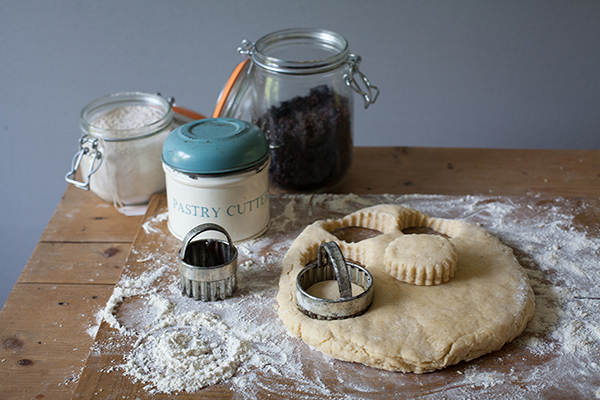
While I am wondering where summer is hiding, and rain is dripping down on my evergreen garden, it feels like the perfect time to start baking scones for tea. How else will you lock out the dreariness that comes with the looming end of joyeus long days, summer dresses and dainty shoes. There has to be tea, and something to go with it.
The post The perfect scone is a joyeus thing appeared first on Miss Foodwise.
]]>The post The white loaf that will make you proud appeared first on Miss Foodwise.
]]>The power of an image.
I posted a picture on Instagram and Facebook of two loaves of bread I baked on wednesday. I was proud of them, they were beautiful, they were utterly perfect to me.
I had scored the bread this time with little hesitation and fear it would ruin my loaf, and while it was baking in the oven, I watched trough the oven window in true British Bake Off style how my score cracked open and baked into my most proud bake in my life.
Slightly embarrassed by my pride and joy I mentioned that to you the bread might seem plain, but to me they were special. The answer came in the form of that image becoming the most ever likes picture on my facebook and my instagram feed. You loved it too.
So much that you emailed me for the recipe, to go home and bake these loaves yourself, to see it rise, and bake and fill the house with the smell only bread is capable to induce…
Utter joy.
Bread has been a staple since the beginning of time, it evolved from a flat, dense gritty loaf to the small bun sized wheat loaves of the Saxon monks. Wheat and bread was so valuable that often food rents consisted partly of loaves or grain. Wheat and barley would be planted together so if one harvest failed, the barley which was a hardier grain would survive and save the people from the starvation that was luring behind every tree and every sheaf of corn. But harvest failed plenty of times and so bread was made from dried peas and beans. This must have been an very heavy and unpleasant bread but it would provide plenty of nutrition during shortages. Windmills and communal bread ovens can be found in the Domesday book but as they were owned by the manor or monastery, they were not free to use. A portion of the grain or bread dough had to be payed for the use of the mill and oven, therefore the peasants continued to mill the grain themselves using a hand quern that must have taken many long hours of hard labour to end up with a small portion of flour.
People must have suffered from acute toothache with the amount of grit in the bread. Even the upper classes preferred to soak their bread in their all important sauce and have their meat so succulent that it fell of the bone. Chewing would have been difficult if you would have lost most your teeth in your early adulthood.
Bread remains a staple food in the centuries following the Norman conquest and the Middle Ages, but recipes for breadmaking remain unknown from that period except for a mention of the process of bread making in a poem.
Although today bread still remains the most popular base of our diet, it has also become a source of worry with gluten and wheat intolerances becoming nearly as frequent as famine was in ancient times. Although bread has been a staple food for centuries, in the early years it was labour intensive to mill the grain by hand so bread would not have been the thing to fill up the bellies of the poor. They would have had a modest piece of bread, with their pottage, or a piece of cheese but not as plenty as we often have it today.
Wheat has also been modified to an extent that it is easier to harvest, but the quality is less. The need to have everything fast and plenty changed the way we create bread, with added chemicals to make is rise in a fraction of the time if would actually need to break down the enzymes in the grain which make it harder to digest. There is talk of a modern day ‘bread belly’ with people suffering from the effects from fast factory made bread which has little resemblance to the real bread of our ancestors. In my opinion the modern everlasting, spongy bread, sometimes dyed with malts or molasses to make it appear as a wholewheat loaf while it is not, is a new kind of poverty, the poverty of quality of the most basic of foods. Our daily bread.
So
here is my recipe, which I just in true honesty came up with by winging
it. It’s quite the recipe for a plain white loaf, but strangely enough
it came out differently than before. I added a spoon of my precious 1
year old organic wholemeal spelt sourdough starter, and a drizzle of
good English rapeseed oil. Other than that of course, (I always use)
Cornish sea salt, organic strong white bread flour and water which I
first boiled and let cool to tepid before adding organic dried yeast.
To make two 700-800 g loaves
What do you need
- 1 kg of organic strong bread flour, stone ground if you can obtain it, is the best
- 700 ml of tepid water
- 2 heaped tsp of dried yeast
- 20 g of seasalt flakes, not the over processed, white powder kind please
- 1 generous tablespoon of sourdough starter if you have some
- 1 teaspoon of rapeseed oil, or olive oil
Method
Turn on your oven on the lowest setting to just make it nice and warm, then turn off.
Boil water and let it cool until blood heat (tepid is fine) before adding the yeast
In a large bowl or soup pot add the flour and make a well.
Drizzle in your oil, salt and sourdough on the edges without letting them touch eachother.
When you have mixed your yeast with your water start adding it to the well and make a turning movement with a couple of fingers or the back of a wooden spoon to gradually mix the flour with the water and yeast.
Keep on doing this until you get a well mixed dough, now either turn out the dough on a floured surface to knead or do as I do, leave in the bowl and use one hand to pull and twist and push your dough for about 15-20 minutes, constantly turning the dough so you have kneaded it well and the dough is nice and springy. It really is very important to work the dough well.
Now put a shower cap over the bowl to keep the dough from drying out.
Place in your warm oven – please make sure it is not too hot, just like a nice warm summers day – and leave your dough there for an hour or until doubled in size.
I feel my dough rises much better when I do this, I live in a very cool house which is never warm enough to give your dough that cosy feel it needs to feel happy and rise.
After your dough has risen for 30 min to 1 hour, take it out of the oven gently and turn it on to full heat. Mine is 250° C. Also place a baking tray in the oven to heat.
When your oven has preheated knock the dough back by simply removing it from the bowl onto the floured work surface where you can divide and shape it in two for two loaves, or in four long stretches to get a ciabatta style bread, by that I mean one that is perfect for dunking in soup, to serve with cured meats and cheese and so on.
Dust the tops of your loaves with flour and just before you place them on the heated baking tray, score the bread with a very, very sharp knife about 1 cm deep. A stanley style knife works best, other knives are often not sharp enough, and not thin enough to make that all important score.
Place in the middle of your oven, on the heated tray, and chuck a bit of cold water on the bottom of the oven to create steam
Bake for 10 min on full blast
After 10 min turn down to 220°C and leave for 20-25 minutes.
These loaves freeze perfectly, when you need them, defrost in a kitchen towel the evening before and preheat your oven to full blast, place a ramekin with water into the oven with the bread and bake for 5-10 minutes.
Fresh home made bread in 5-10 minutes, epic. Just think ahead and always make two loaves instead of one. 1 kg of flour is also easier to work with that 500 g of flour.
Enjoy and if you bake this bread, show me a pic! I love it when you send me your pictures of your creations!
You might also like
Soda bread, a loaf in 45 minutes
What’s your favourite bread recipe?
Don’t forget to leave a comment!
The post The white loaf that will make you proud appeared first on Miss Foodwise.
]]>
